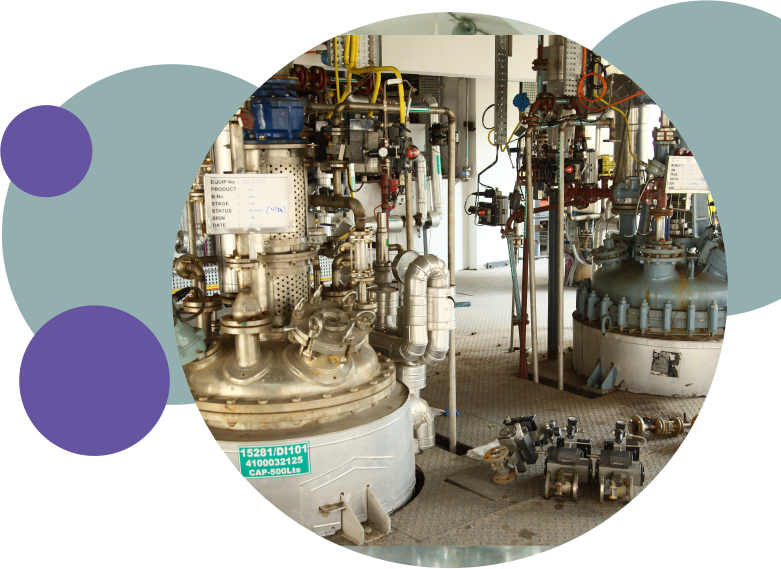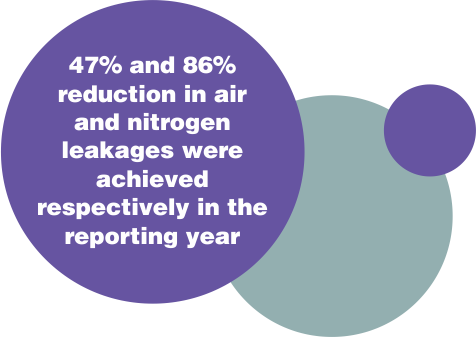|
|
| |
| |
| ENGINEERING EXCELLENCE |
PREDICTIVE
MAINTENANCE
|
Equipment downtime doesn't only
mean loss of money, it also implies
unavailability of our medicines. Hence,
predictive maintenance is practiced to
prevent occurrence of failure. |
We use a host of technologies such as
thermography, vibration monitoring, oil
analysis, ultrasonic measurement and
condition-based monitoring in a
proactive manner to improve plant
efficiency, reduce breakdowns, cut
downtime, undertake root cause analysis and reduce energy consumption. |
|
| |
Spotting the Heat
via Thermography |
| The use of thermographs to study heat distribution was initiated to improve electrical safety. The first study was conducted in April 2013 and is now an annual exercise. |
 |
45 hotspots identified and corrective actions taken to eliminate them |
|
 |
6-monthly thermography study of PCCs & MCCs initiated |
|
| Detecting Leakages
by Way of Ultrasound |
| Leak detection of compressed gaseous fluids of overhead lines is done using a portable ultrasound diagnostic device - CTRL UL 101. It detects leakages using a piezo electric sensor and converts it into acoustic range, which in turn helps to pinpoint the position of the leak. |
|
|
Condition-based
Monitoring |
In addition to planned scheduled maintenance, condition-based
monitoring helps spot upcoming equipment failure and enables
proactive maintenance. Vibration analysis was carried out for
process equipment like blowers, air handling units, air compressors,
pumps and chillers. |
| ANALYSIS |
|
CORRECTIVE
ACTION |
|
OUTCOME |
Dominant
vibration occurring
at 1X motor rpm |
|
Blower impeller
was found
cracked and was
repaired |
|
Vibration readings
reduced from
12.40 mm/sec to
4.69 mm/sec |
|
| |
| Maintenance through MES |
Dr. Reddy's took up various maintenance projects under MES
including preventive, predictive, breakdown or reliability-centred
maintenance for sustainable performance of the plants. Some of
the key initiatives include harmonisation through SAP and user
verification. Both these initiatives brought in more transparency,
easy tracking of engineering operations and better compliance. |
|
|
| |
| |
| |
| |
|
|



